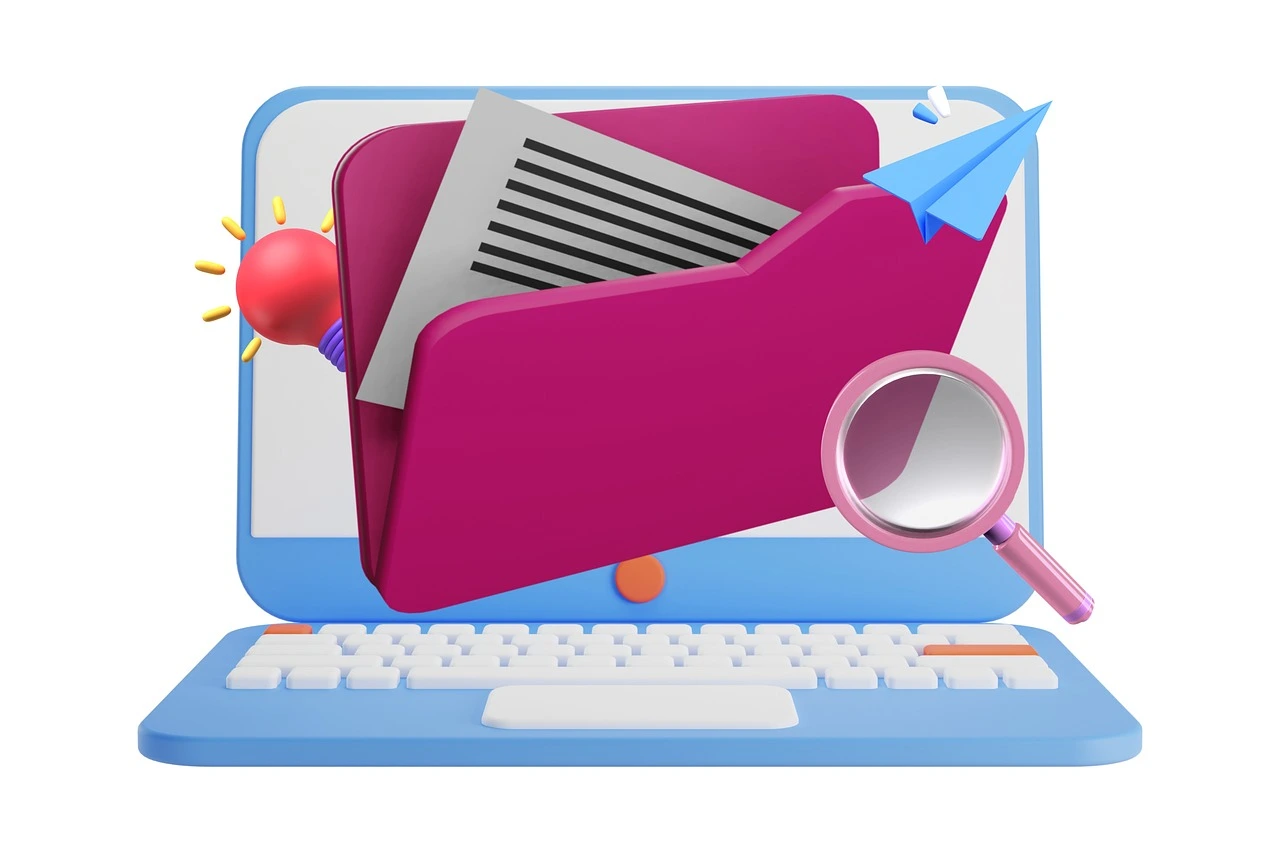Enhancing Accuracy and Speed in Tax Document Management: Tools and Technologies for Efficiency
Efficient document filing is critical for tax professionals and businesses seeking to assure compliance and improve workflow. Using the correct tools and technologies can help improve the accuracy and speed of tax document handling. This article looks at several methods and technologies for streamlining the document filing process, increasing efficiency, and lowering the chance of errors.
1. Digital Document Management System
A. Centralized Storage:
Cloud-Based Solutions: Platforms such as Google Drive, Dropbox, and Microsoft OneDrive provide secure, centralized storage for tax documents, facilitating access and collaboration.
Document Categorization: Sort files by client, tax year, or document type to make retrieval and maintenance easier.
B. Automated Document Filing:
Accounting Software Integration: Tax-related papers can be automatically sorted and filed using solutions such as QuickBooks and Xero.
Optical Character Recognition (OCR): Tools such as Adobe Acrobat and ABBYY FineReader can convert scanned documents into editable and searchable formats.
2. Tax Prep Software
A. Comprehensive Tax Solutions:
Professional Tax Software: Programs such as TurboTax, H&R Block, and TaxSlayer simplify tax preparation with built-in forms, calculations, and e-filing options.
Client Data Management: Using a single platform, you can manage client information, track tax filings, and meet compliance deadlines.
B. Real-Time Collaboration:
Cloud-based Tax Software: Multiple individuals can work on tax returns at the same time using platforms such as ProSeries and Drake Software, ensuring real-time collaboration and updates.
3. Electronic Signature Tools
A. Secure E-Signatures:
Compliance with Legal Standards: Tools such as DocuSign and Adobe Sign provide legally binding electronic signatures that comply with IRS laws.
Streamlined Workflow: Shorten turnaround times for document approvals and customer signatures, increasing overall efficiency.
B. Integration with Tax Software:
Effective Workflow: Integrate e-signature features into tax preparation software to automate the signing of tax returns and authorization forms.
4. Workflow automation
A. Task Management Software:
Automated Task Assignments: Tools such as Asana, Trello, and Monday.com automate and track task assignments, ensuring the timely completion of tax-related work.
Deadline Monitoring: Set up reminders and notifications for key tax dates to avoid late filings and fines.
B. Robotic Process Automation (RPA):
Automate Data Entry: RPA solutions, such as UiPath and Blue Prism, automate repetitive processes like data entry and form filling, lowering manual effort and errors.
Document Processing: Automate the preparation and submission of tax documents to save up time for more strategic duties.
5) Secure Communication Channels
A. Encrypted Email Services:
Data Security: Exchange critical tax papers securely with clients using encrypted email services such as ProtonMail and Hushmail.
Secured File Sharing: Platforms such as ShareFile and WeTransfer offer secure file-sharing for huge tax documents.
B. Client Portals:
Secure Access: Set up client portals with solutions like Canopy or SmartVault to securely upload and access tax papers.
Two-Factor Authentication: Two-factor authentication improves security by shielding customer data from unauthorized access.
6. Mobile applications
A. On-the-move Access:
Mobile Tax Apps: Use mobile apps from tax software providers (e.g., TurboTax Mobile, QuickBooks) to manage tax papers and customer information while on the move.
Receipt Scanning: Mobile apps such as Expensify and Receipt Bank enable users to scan and categorize receipts for tax purposes, making expense monitoring easier.
B. Real-Time Updates:
Instant Notification: Get real-time information on tax filings, document submissions, and client conversations via mobile alerts.
7. Data Analysis and Reporting
A. Comprehensive Reporting:
Tax Analytics Tools: Utilize Tableau and Power BI to provide detailed reports on tax filings, compliance status, and financial performance.
Insights and Trends: Analyze data to spot trends, optimize tax tactics, and make better decisions.
B. Customizable Dashboards:
Visual Reporting: Create personalized dashboards to track critical indicators and the status of tax filing operations in real-time.
Streamlining document filing processes in taxes is critical for maintaining compliance, minimizing errors, and increasing productivity. Tax professionals can streamline their workflows and concentrate on offering clients higher-value services by utilizing digital document management systems, tax preparation software, electronic signature tools, workflow automation, secure communication channels, mobile applications, and data analytics.
Our resource directory offers valuable links to assist in managing various financial and legal aspects of a business or individual. Also, Our full cloud-based suite of client communication facilities includes onboarding, compliance calendar, client messages, task management, and also billing. So sign up today with us.








